Lilies
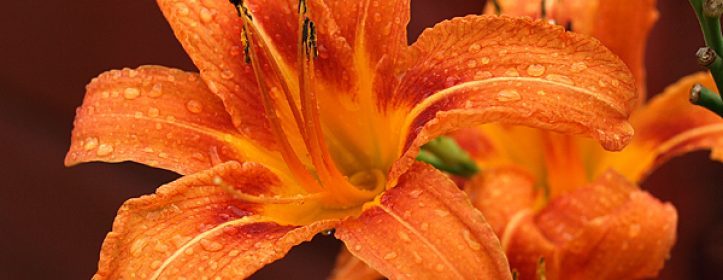
Very shortly the packaged dormant bulbs will be arriving at the garden centers. Among them will be some of my favorites: the easy-to-grow lilies. I add more every year and am still amazed at how quickly they establish themselves and multiply.
No wonder I love them so much. All the wonderful varieties we have to choose from were bred from about 150 wild lily types found worldwide. In fact, we have four native liles that grows wild here in the northeast, the Michigan Lily, Turk’s Cap Lily, Woodlily and the Canada Lily. If you are lucky enough to see one of these beauties look but leave it alone. All four are protected in New York State.
The lilium segment of the larger Liliaceae family contains some of the showiest flowers to be found anywhere, and many of the thousands of cultivars thrive in our northern climate including two of my favorites, Asiatic and Oriental Hybrids. Asiatic hybrids are the first of the lilies to flower in early summer. They are also the most cold tolerant of all lilium forms. Asiatics also mature and reproduce rapidly, making them a rewarding choice for those just starting to dabble in lily growing. Asiatics are available in reds, whites, pinks, oranges, and yellows of every shade. Some feature solid colored petals while others are ornately speckled. Asiatics are not strongly scented but come in a range of sizes from 2’ to 5’ tall! Here are a couple of Asiatic Lilies.
To find fragrance, we must sniff out the Oriental lily hybrids. Although not quite as winter hardy as their Asiatic cousins, many Oriental varieties are hardy in zones 4 and 5, hardy enough to thrive in our area. Oriental lilies will produce some of the largest, showiest flowers that you could expect this side of the tropics. A sub-group of the Oriental lilies are the Imperial hybrids. Imperial lilies produce large, sometimes huge flowers on sturdy stems. The Imperial Gold strain, for instance, produces 5” to 7” fragrant flowers on plants up to 7’ tall. That’s right, 7’! Those who travel the tropics and return whining that we can’t grow anything to compare should wake up and smell the lilies! All lilium varieties grow from bulbs. You’ll start seeing them in garden centers in March. They’ll be offered bare-root in plastic bags. Shop for them early so you can pick out the fattest ones from the group offered. The fatter the bulb, the better the plant.
Plant your lilies as soon as the ground has thawed. Choose a location that is in full sun and make sure it’s a location that doesn’t puddle up after a heavy rain. Dig holes about 3 times as deep as the bulb is tall. As usual, I’ll insist that you add bone meal to the planting hole. After enjoying your lilies for 3 or 4 years, you’ll notice that you’re getting more plants and flowers but they aren’t as tall as they used to be. This is a signal that they’re crowded and need to be dug and divided. This can be done in fall after frost or early spring when they’ve just started to sprout from the soil (adding more bone meal of course).
Bone meal provides very slowly available phosphorus the promotes root growth and flowering. The wonder thing about bone meal is that it doesn’t dissolve away into the soil but remains where you place it until the plant uses it up….usually several years. It should be added to the planting hole of not only lilies but any plant, perennial, shrub, tree or rose that you expect to return every season.
Another lily enjoyed by many is not a lily at all. Everyone knows them as daylilies but they are not true lilies but Hemerocallis. You all have seen them growing almost wild in roadside ditches and just about anywhere. We can thank our ancestors who planted them generations ago. This gives you some idea of how self sufficient hemerocallis are spreading out across the countryside without any aid from humans. Hemerocallis is a Greek word meaning ‘beautiful for a day’. The name reflects the life span of each flower which opens in the morning and withers away at the end of a single day.
Recent progress in daylily breeding has brought us many new cultivars. The common “ditch lily” has some fancy new cousins. Daylilies are about the easiest plants to grow. They love full sun but will thrive in partial shade and aren’t particular about the soil they’re planted in. Once established, daylilies last for a lifetime and longer as evidenced by all the orange “ditch lilies” around the area that our fore parents planted.
Recent Posts
Recent Comments
- rusticbarn on Grass Seed Varieties
- Hewitt's on Grass Seed Varieties
- rusticbarn on Grass Seed Varieties
- Hewitt's on Share Your Experiences
- jackman1 on Share Your Experiences
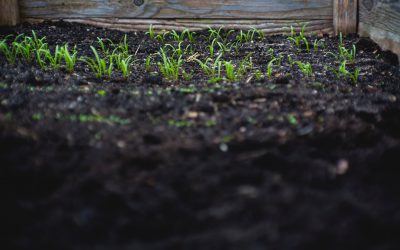
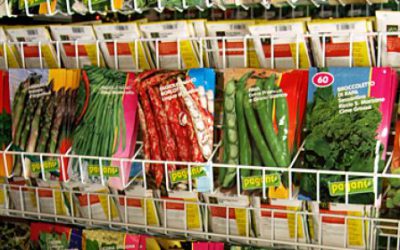
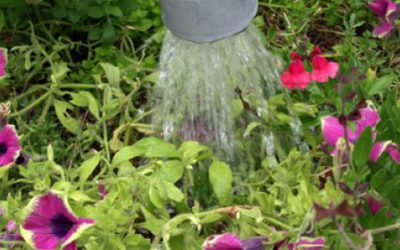
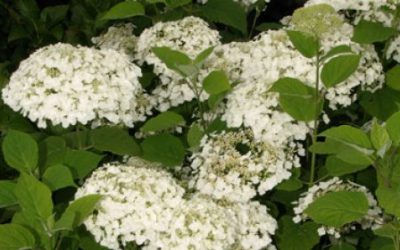
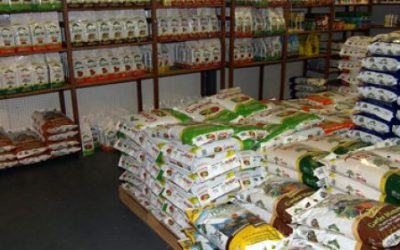
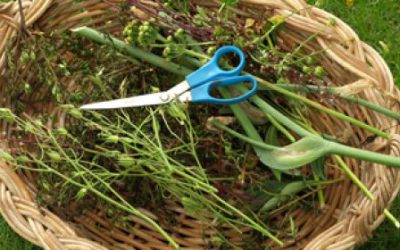
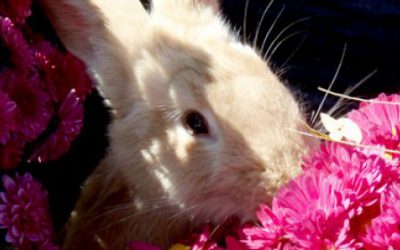
I have moles I my yard I love Lillie’s they are digging them up what cani do to get rid of the ?
MoleMax will drive them out. It can be used on the lawn and in flowerbeds but not vegetable gardens. It works fast too. here’s a link.
http://www.bonide.com/products/product.php?category_id=691